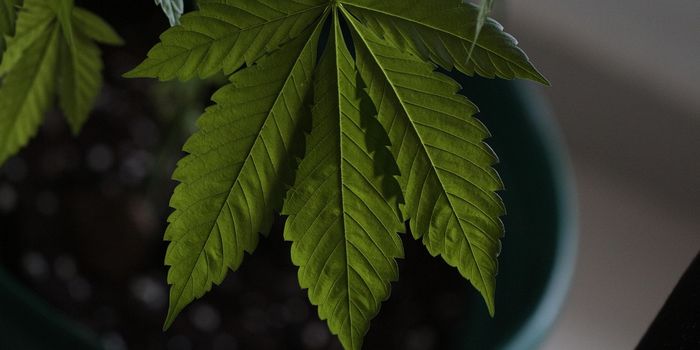A Single-Celled Organism That Seems to Make Choices
There are three domains of life: bacteria, archaea, and eukarya. Eukaryotic cells are more complex than bacteria, but there are single-celled eukaryotes, and those that don't fit into any other category fall into a group called protists. Over one hundred years ago, surprisingly complex behaviors were identified in a protist called Stentor roeseli by zoologist Herbert Spencer Jennings, but his claims were dismissed after others could not replicate the findings in similar organisms. New work reported in Current Biology has now confirmed his research.
Can a single cell "change its mind"? from Harvard Medical School on Vimeo.
Scientists have now captured S. roeseli changing how it responds to getting squirted with polystyrene beads. This research suggests that these single-celled organisms are able to make a decision and change their reaction.
"Protists have to operate in complex ecological environments and naturally exhibit complex problem-solving behaviors, such as navigating, hunting, and locating mating partners," noted study author Jeremy Gunawardena of Harvard Medical School. However, he added, "what's particularly fascinating about what Jennings described is that it shows complex decision-making, with the organism effectively 'changing its mind' as to what it does in response to the same stimulus. We typically think of such autonomous cognitive behavior as taking place in multi-cellular organisms with nervous systems, but here we see that single-celled organisms also have such capabilities."
As shown in the video, this protist is large enough to visualize without a microscope. It has appendages called cilia that can draw food into a 'mouth,' and it can stay put by anchoring itself to stuff like algae. It can also react in different ways after being exposed to something unpleasant; it may bend away, repel a noxious stimulus with its cilia, or swim in another direction. If it's exposed to the stimulus repeatedly, it may start by bending, then try the other strategies.
In this work, the researchers used S. roeseli instead of trying other protists, repeating Jennings' work. They sprayed carmine water on the protist, which didn't do much in the Gunawardena lab. They next tried the small beads, and observed what Jennings had; the protist bent away, or used its cilia, or swam off, though different organisms did not try these behaviors in the same order. However, statistics showed that there was a pattern. The organisms bent or used beating cilia as their first efforts to avoid the stimulus, then detached and swam away if it was still getting squirted. This suggested that there is a hierarchy in avoidance behaviors in S. roeseli, said the researchers.
The scientists now want to learn more about the mechanisms behind these behaviors and 'choices' and use machine learning to reveal more.
Sources: AAAS/Eurekalert! via Cell Press, Current Biology









